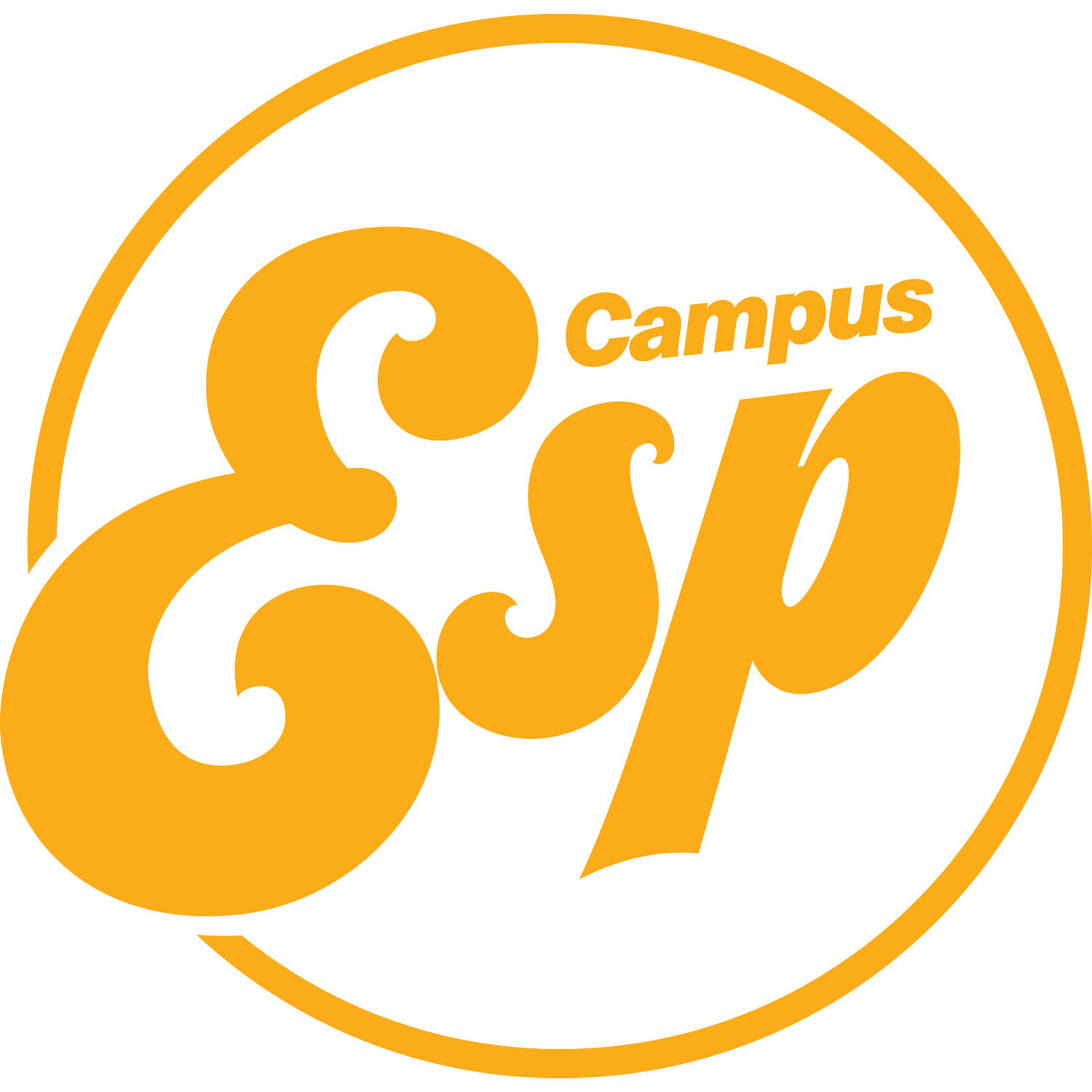The power of personalization in recruitment and enrollment
Personalization can feel like an impossible task. You’re juggling shrinking teams, packed calendars, and a mile-long to-do list — do you really have time to tailor every message?
But as we learned in our latest webinar with Stephanie Geyer from University of Montana and Dallin Palmer from Halda, personalization isn’t about doing more. It’s about doing it smarter. With the right approach (and a little help from tech), personalization becomes both doable and powerful.
Read on for the key takeaways from our conversation, or watch the discussion below!
1. Personalization isn’t a nice-to-have. It’s an expectation.
Netflix, Amazon, Spotify — they’ve all trained us to expect content that’s tailored to us. Higher ed is no different.
I’ve seen this shift firsthand. Students and families aren’t separating how they interact with colleges from how they interact with everything else. They expect relevance. And if they don’t get it, they tune out.
Dallen Palmer, Co-Founder of Halda, added:
“We’re seeing a decline in trust for institutions and a rise in trust for personal, authentic relationships. Personalization meets that shift because it feels like someone actually understands you.”
We’re also seeing the data back it up — personalized emails get 29% higher open rates, 41% higher click-through rates, and personalized CTAs can lead to an impressive 2,002% increase in conversion rates. But more importantly, they make people feel seen.
2. What it really means to personalize your recruitment communications.
It’s more than dropping in a first name token on an email. Personalization is about matching the message, channel, and timing to the individual’s context.
“At Montana, we serve so many different types of students — from aspiring lawyers to future welders,” said Stephanie Geyer, AVP for Marketing and Brand Strategy. “The messages they need are wildly different. That’s where tools like CampusESP help us adapt.”
On Montana’s admissions microsite (YouMontana.edu), families can self-identify and get tailored content journeys. They even use geolocation to customize the homepage. A student from Missoula won’t see “Explore Missoula” as a CTA .. because they already live there! Instead, they’re encouraged to “look again” and explore the unexpected value of staying local.
3. Enrollment tech doesn’t replace the personal. It enables it.
As I said during the webinar, “I use AI so I can be human.” It’s a simple idea, but one that really captures what personalization is all about.
It’s not about replacing counselors or marketers — it’s about giving them time back to do what they do best: connect.
Stephanie gave a perfect example:
“There’s no way my team can personally respond to every family. But with CampusESP, we know which families are highly engaged, what stage they’re in, and what messages they need. That lets us spend our time on the families who need a real conversation.”
They also use CampusESP’s Parent Promoter Score to identify which households have high interest, then flag them for outreach. It’s a win-win: more efficient for staff, more relevant for families.
4. Flip your message from “me” to “you.”
“Historically, college marketing has been very me focused: ‘Learn more about our programs.’ ‘Check out our stats,’” Dallen said. “But personalization starts when you flip that script. Ask, ‘What do you need?’”
With CampusESP, onboarding surveys make that shift possible. By inviting families to self-identify—from graduation year to interests to student type—schools can immediately tailor the content and messages each family receives.
Instead of generic newsletters, families get communication that reflects their interests and where their student is in the journey. It’s not just more relevant—it’s more effective.
And when families feel like the school understands them? They stay engaged and become powerful partners in the enrollment process.
5. Families matter — especially when you treat them like individuals.
In our most recent survey of 11,000 prospective college families, 94% said the quality of the school’s communication from the institution is a key part of the enrollment decision. And yet, we still see a lot of “To the parents of…” messages floating around.
Stephanie shared how Montana uses CampusESP to offer a portal just for families — one that reflects where their student is in the process, what’s still missing, and what actions they can take. Bonus: CampusESP’s AI tools even rewrite student-facing content for a parent audience in seconds.
And yes, Stephanie also secretly uses it as a parent herself:
“I’m in CampusESP twice — once as a marketer for Montana, and once as a parent of a student at Kean University. It made it so much easier to stay on top of deadlines.”
You don’t have to be perfect — just intentional.
When we asked webinar attendees to rate their current personalization efforts, most gave themselves a B or C.
That’s normal. Personalization is a journey. What matters is that you’re moving in the right direction — and that you’re using tools and strategies that help you scale personal connection without burning out your team.
“Anything that helps us do more without doing more is a win,” said Stephanie. “Personalization is how we get there.”


